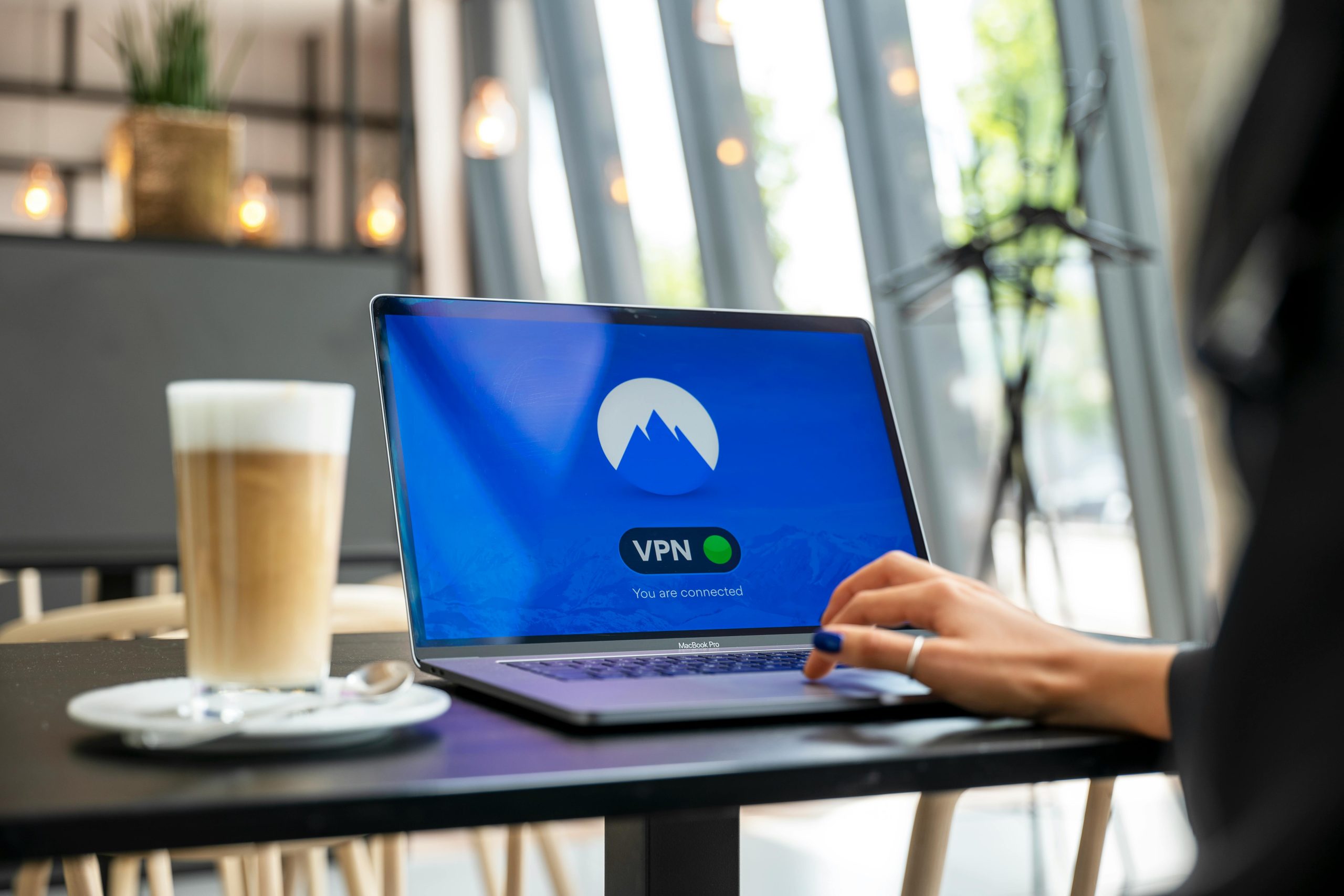Understanding the Risks of Syncing Google Authenticator Across Devices
Introduction
Security professionals and everyday users alike often seek clarity on the safety implications of syncing Time-based One-Time Passwords (TOTP) applications like Google Authenticator across multiple devices. A common concern is whether an attacker with access to your Google account could restore or transfer Google Authenticator to their own device, potentially compromising your two-factor authentication (2FA).
Common Misconceptions About Sharing Authenticator Data
One prevalent misconception is that if an attacker installs Google Authenticator on their phone and gains access to your Google account, they can simply sync or restore your 2FA codes to their device. However, this is not entirely accurate. Google Authenticator is designed with security features that prevent unauthorized access to your 2FA secrets.
The Role of TOTP Secret Keys
During the setup process, Google Authenticator generates a secret key that is stored locally on your device. This key is also stored securely within your Google account’s backup mechanisms, but critical security measures prevent it from being freely exported or transferred without your explicit consent. When an attacker attempts to set up Authenticator on a new device, they typically need access to this secret key, which is protected and not openly accessible.
The Importance of Proper Authentication
Even if an attacker manages to log into your Google account, they would still be prompted to enter the current TOTP code generated by your Authenticator app. These codes are synchronized with the secret key and change every 30 seconds, ensuring that possession of the secret key alone isn’t sufficient—they also need the current code to authenticate successfully. This two-layer verification acts as a safeguard against unauthorized device setup, especially if your account is protected by strong passwords and additional security measures.
What About Syncing and Backup Options?
Google Authenticator itself does not support cloud syncing by default, designed to enhance security. However, some users utilize backup options, such as transferring their accounts to a new device via manual export/import or using other authenticator apps that support encrypted backups and cloud synchronization (e.g., Authy). When leveraging such features, it’s essential to understand the security implications and ensure that your backup methods are secure.
Additional Precautions
- Enable 2FA for your Google account itself, ideally with a hardware security key to provide an extra layer of protection.
- Regularly review active sessions and connected devices in your account settings.
- Use strong, unique passwords and consider account recovery options carefully.
- Keep software and authenticator apps updated to
Share this content:

